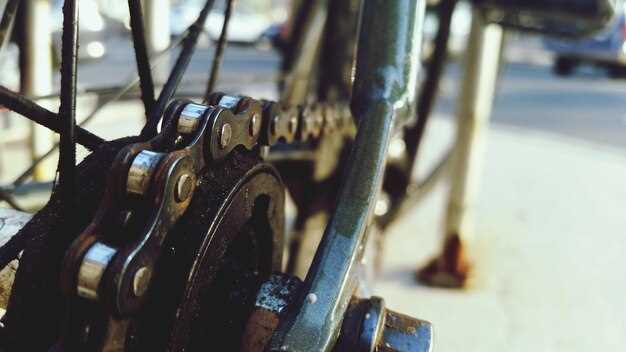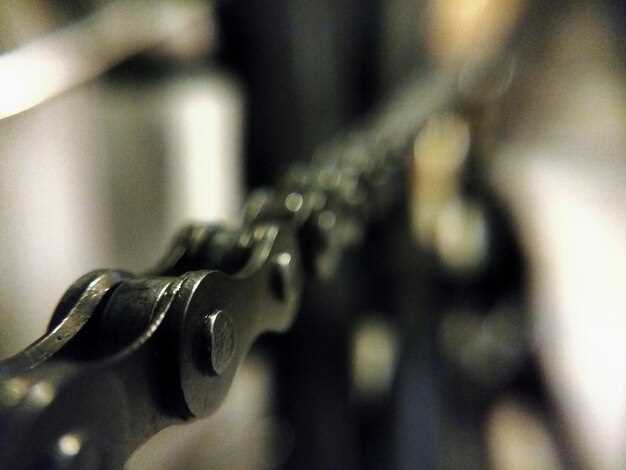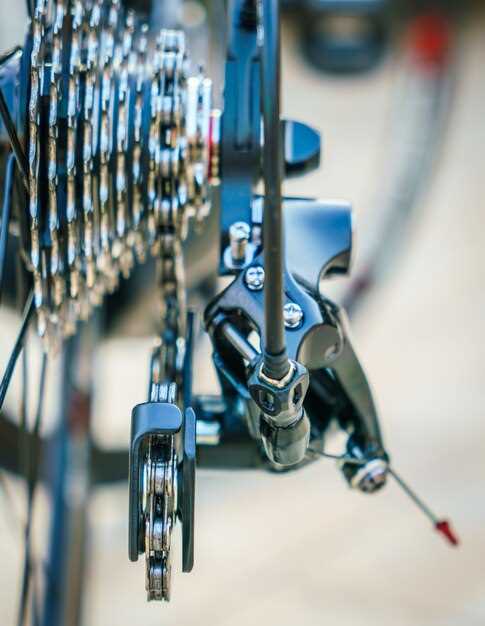

Proper chain care is essential for any cyclist looking to maximize their bicycle’s performance and longevity. The chain is one of the most critical components of your bike, transmitting power from the pedals to the rear wheel. Neglecting this vital part can lead to poor shifting, decreased efficiency, and even costly repairs. Therefore, understanding how to maintain your bike’s chain is crucial.
Regular maintenance not only ensures smooth operation but also extends the life of your chain and other drivetrain components. Dirt, grime, and lubrication buildup can hinder performance and contribute to premature wear. By adopting a consistent care routine, you can keep your chain in top condition, resulting in a more enjoyable and efficient ride.
This article will provide you with essential tips and techniques for effective chain maintenance, from cleaning and lubricating to proper tensioning and monitoring wear. Following these guidelines will help you achieve a smoother, faster ride while reducing the likelihood of breakdowns and repairs. Let’s dive into the world of bicycle chain care and discover how to keep your bike performing at its best.
Cleaning Techniques for Bicycle Chains

Maintaining a clean bicycle chain is essential for optimal performance and longevity. Regular cleaning not only enhances the efficiency of your bike but also prevents wear and tear on the drivetrain components. Here are effective techniques to ensure your bicycle chain remains in top condition.
Begin with a degreaser specifically designed for bicycle chains. Apply it generously to the chain while rotating the pedals backward. This helps to dislodge dirt and grime effectively. For particularly dirty chains, let the degreaser sit for a few minutes before scrubbing.
Using a dedicated chain cleaning tool or a stiff brush, scrub the chain thoroughly to remove any stubborn debris. Pay close attention to the links and rollers, where dirt tends to accumulate. If you have a motorcycle cleaning brush, it can also be useful in reaching difficult areas.
For more thorough cleaning, consider utilizing a ultrasonic cleaner, which provides a deep clean by vibrating the chain in a cleaning solution. This method is especially effective in removing ingrained dirt and old lubricant residues.
After cleaning, rinse the chain with water or wipe it down with a damp cloth to eliminate any cleaning solvents. Ensure the chain is completely dry before applying lubricant, as moisture can attract dirt.
Finally, apply a suitable bicycle chain lubricant. This not only protects against rust but also reduces friction during rides. Wipe off any excess lubricant to prevent dirt from sticking, which is essential for maintaining the longevity and performance of your bicycle.
Lubrication Methods for Optimal Chain Function

Proper lubrication is essential for maintaining your bicycle chain and ensuring optimal performance. A well-lubricated chain reduces friction, protects against rust, and extends the lifespan of the drivetrain components. Here are several effective lubrication methods to consider.
First, it’s important to choose the right lubricant for your bike chain. There are two primary types: wet and dry lubricants. Wet lubricants are best suited for rainy conditions and offer superior protection against moisture. They penetrate deep into the chain links and provide lasting lubrication. However, they can attract dirt and grime, which requires more frequent cleaning. On the other hand, dry lubricants are ideal for dry conditions, as they create a thinner film that repels dust and debris, reducing buildup.
Before applying lubricant, thoroughly clean your chain with a degreaser. A clean surface allows the lubricant to adhere better and penetrate more effectively. Use a chain cleaning tool or a simple rag to wipe away dirt and old lubricant. Once clean, dry the chain completely to prevent moisture from being trapped.
When applying lubricant, focus on the inner links and rollers of the chain. A few drops on each link will suffice. After application, allow the lubricant to seep in for a few minutes, then wipe off any excess to prevent attracting dirt. This step is crucial for maintaining the chain’s performance and longevity.
It’s also recommended to regularly inspect and re-lubricate your chain, especially if you frequently ride in harsh conditions. Regular care, akin to the maintenance of a motorcycle, helps you avoid larger issues down the line and keeps your bike running smoothly.
In summary, optimal chain function depends significantly on proper lubrication techniques. By selecting the appropriate lubricant, ensuring a clean chain, and applying it correctly, you can significantly enhance your bicycle’s performance and extend the life of its components.
Motorcycle Chain Tensioning and Adjustment
Proper care of your motorcycle chain is essential for optimal performance and longevity. One of the critical aspects of chain maintenance is tensioning and adjustment. An incorrectly adjusted chain can lead to various issues, including reduced power transfer, increased wear, and potential safety hazards.
To ensure your motorcycle chain operates efficiently, follow these steps for proper tensioning and adjustment:
-
Inspect the Chain:
- Check for any signs of wear, rust, or damage.
- Ensure that the chain is clean and lubricated.
-
Measure Chain Slack:
- Raise your motorcycle using a stand to achieve a neutral position.
- Locate the tightest point of the chain and measure the slack.
- Refer to your motorcycle manufacturer’s specifications for the correct slack range.
-
Adjust the Chain:
- If the chain slack is outside the recommended range, adjustments need to be made.
- Loosen the axle nut to allow for chain adjustment.
- Using the adjustment bolts, increase or decrease tension as necessary.
- Ensure both sides of the rear wheel are equally adjusted to keep the wheel aligned.
-
Recheck Chain Slack:
- After making adjustments, measure the slack again to confirm it is within specifications.
- Tighten the axle nut securely.
-
Test Ride:
- Take a short test ride to ensure proper chain operation.
- Be mindful of any unusual noises or performance issues that may indicate further adjustments are needed.
Regular monitoring and adjustment of your motorcycle’s chain not only enhance performance but also extend the lifespan of other drivetrain components. Always consult your owner’s manual for specific guidelines related to your model.
